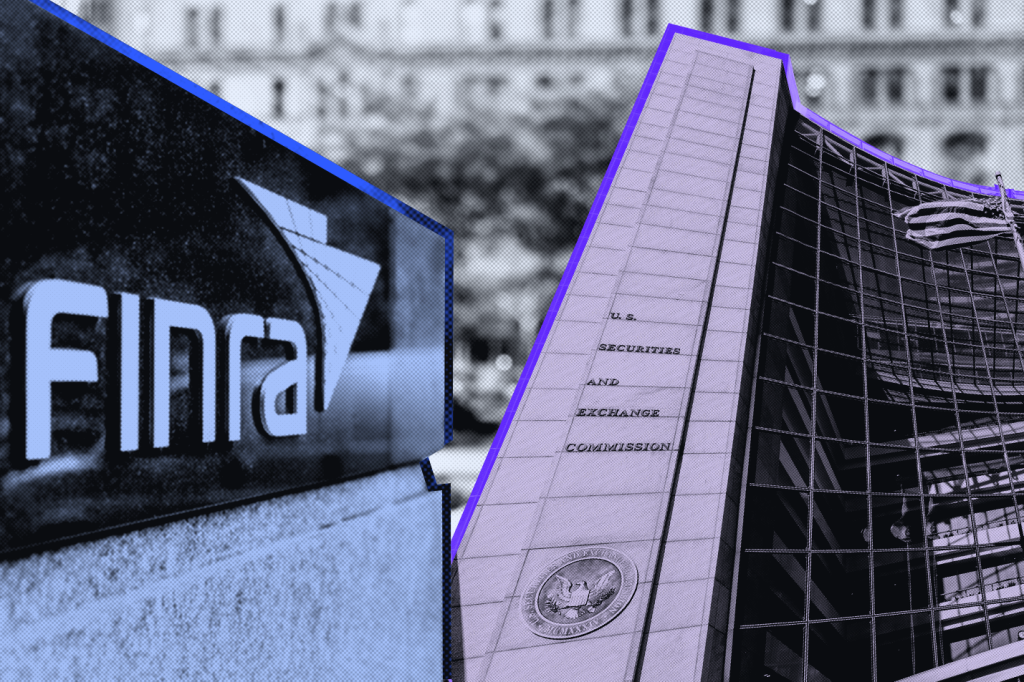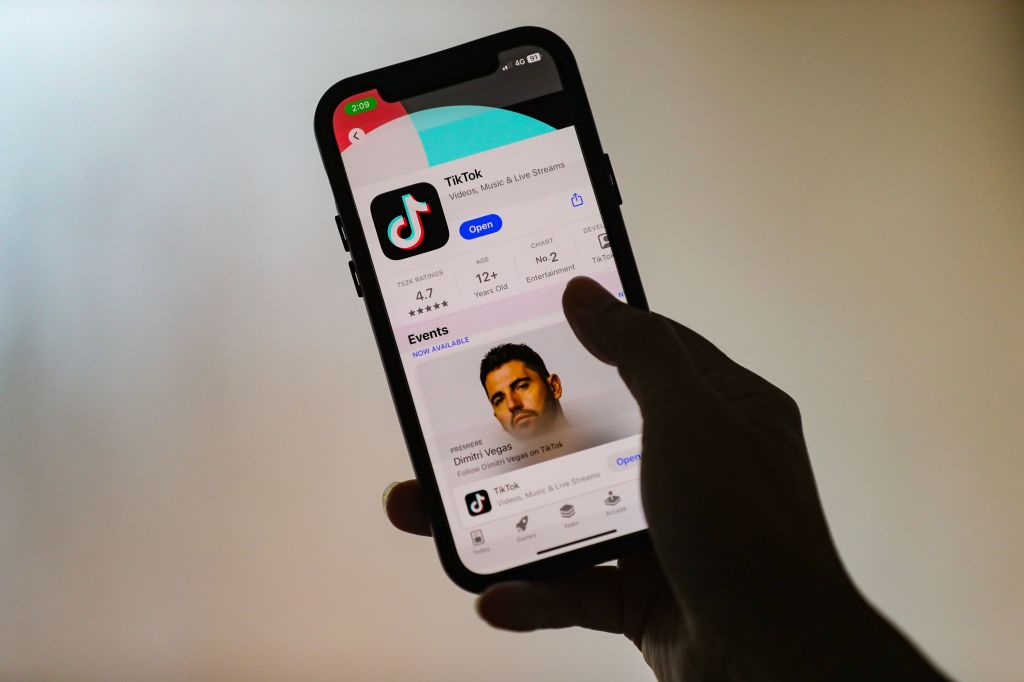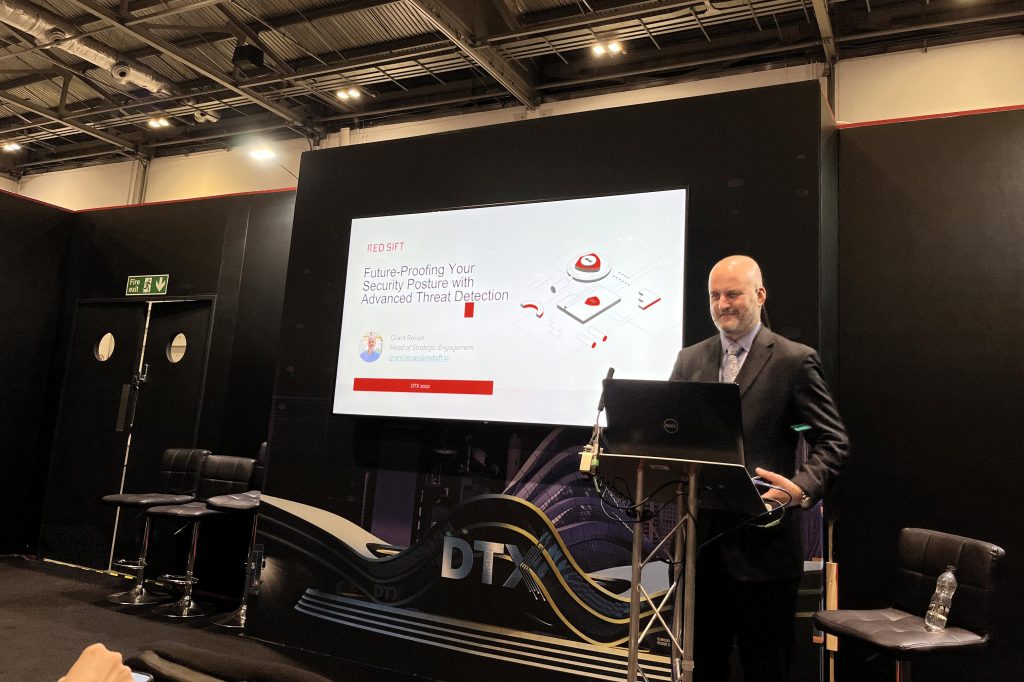“All the problems everyone has come down to phish. Everything is phish, it’s all about the phish,” said Grant Revan, Head of Strategic Engagement at Red Sift at the DTX Expo in London. “At some point, everyone will get caught by a phishing attack.”
Revan said it was clear
Register for free to keep reading
To continue reading this article and unlock full access to GRIP, register now. You’ll enjoy free access to all content until our subscription service launches in early 2026.
- Unlimited access to industry insights
- Stay on top of key rules and regulatory changes with our Rules Navigator
- Ad-free experience with no distractions
- Regular podcasts from trusted external experts
- Fresh compliance and regulatory content every day

















